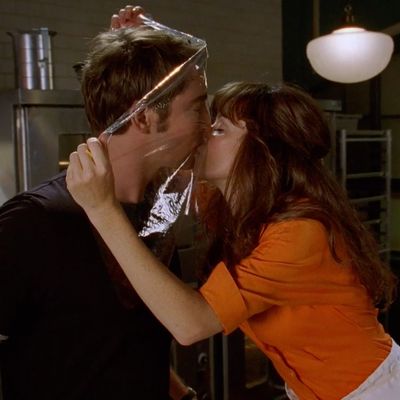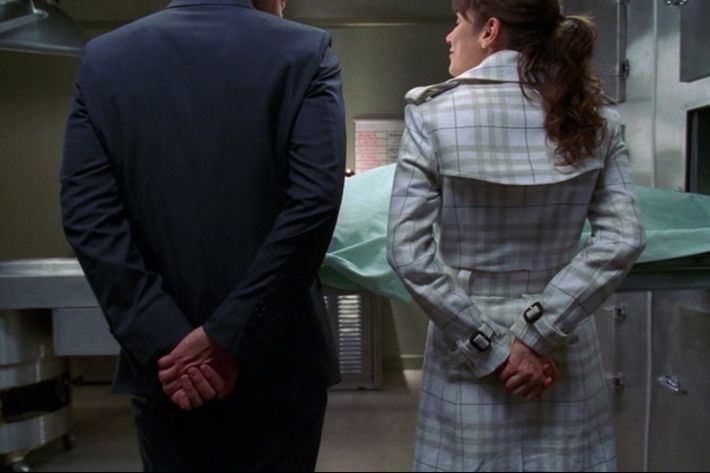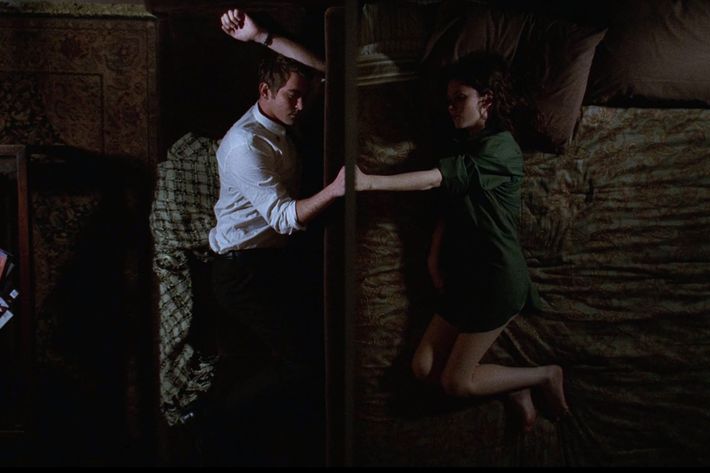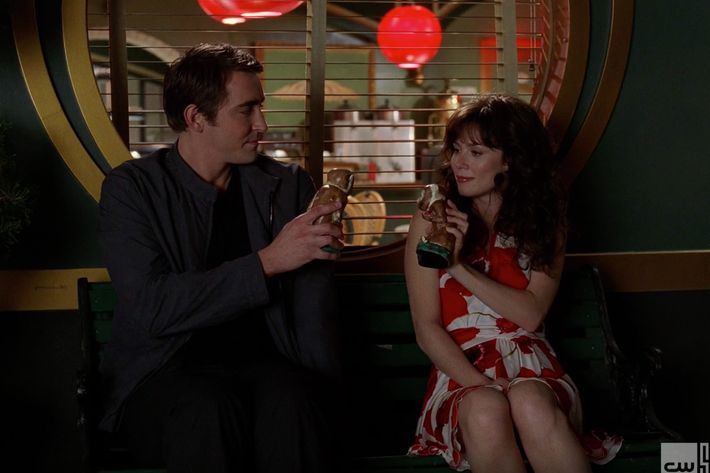
If you’re doing your part to help slow the spread of coronavirus, you’re social distancing and staying inside for most of the day. And if you’re staying inside, you may filling a lot of your time by watching movies and television. This is all well and good, but my experience in watching oh-so-many films and TV shows for work, pleasure, and distraction in the last few days is that there is simply too much touching in all of them.
I watched Casino Royale on Sunday, for instance, and worried about whether James Bond was properly washing his hands between high-exposure fistfights. Even in Westworld, which is half-filled with robots, I wondered whether the robots might be asymptomatic vectors for the virus to spread between all the humans they’re seducing and/or murdering. It was only after I fell back on my favorite comfort TV show, Pushing Daisies, that I found something that’s inadvertently so right for the perfect moment: a deeply felt romance between characters who can’t touch, ever.

The facts of Pushing Daisies, for those unfamiliar, are these: In Bryan Fuller’s short-lived but much-beloved procedural, Lee Pace plays Ned, a pie maker who can raise the dead with his touch and send them back to death if he touches them again. He goes around solving kooky mysteries with a private eye (Chi McBride) by waking people up, asking a few questions, and re-dead-ifying them in the space of a minute — because if they’re alive for any longer than that, something else nearby dies. It’s a sweet and morbid show, with highly saturated production design and the occasional Kristin Chenoweth musical number just for kicks, but its beating heart comes thanks to an unresolvable love story. In the first episode, Ned reanimates his long-lost childhood love, Chuck (Anna Friel), then panics and keeps her alive for more than a minute. She falls for him, but they can never touch, lest he accidentally send her back to death.
Over the course of two seasons, Pushing Daisies comes up with a series of inventive ways for Ned and Chuck have a relationship without ever consummating it. In the first episode, they clink together monkey statues as if they’re kissing while maintaining a respectable distance. Later, they hold hands through a plastic glove in the neatly divided front seats of a car. They lie in bed separated by a wall, hold their own hands behind their backs, and even dance in full beekeeper gear. In one of the show’s most memorable moments, Chuck holds up a sheet of cellophane in order to kiss Ned sort of, almost, not-quite on the lips.

I doubt that the CDC would endorse these methods to prevent the spread of the coronavirus — there’s a lot of shared breathable air between Ned and Chuck, even if they don’t touch — but as I’ve rewatched the series, I found myself soothed by the experience of watching characters who treat close proximity to each other with life-or-death stakes. Pushing Daisies is grappling with the same kinds of questions suddenly thrust upon so much of the world right now: How do you express your care for someone without harming them by doing so? What does intimacy look like at a distance? My friend Andrea Villena referred to the show as the “foundational text for love in the age of corona,” and there’s something to the way it inadvertently speaks to that idea, by arguing that mediated love can be all the more powerful.

Back when I was a teenager, Pushing Daisies moved me as a gay love story in the way I didn’t understand at the time. It has a queer sensibility — which, who knows what exactly that means, but it probably involves casting Ellen Greene — and two lead characters with male names. It’s also a show, as Fuller has talked about over the years, haunted by another virus: HIV. “Unprotected sex meant death for so long,” Fuller said in one interview. “There was always an interesting gay metaphor in Pushing Daisies that was at the root of my understanding of these characters … I was creating a universe where something so simple, something that is common in heterosexual relationships, was something that would kill you.”
Fuller, who was born in 1969, let those fears simmer beneath the surface of a seemingly peppy network TV show. It’s a particular mind-set and experience rendered broadly applicable in one of the broader artistic formats. Like a lot of popular art, Pushing Daisies is free and easy with its metaphors. It’s a show about solving murders, and the fear of infecting and killing the people you love, and also making pie. It echoes a variety of specific anxieties and situations, some of which, as is the case now, it could never have predicted. It’s a comfort to have it accidentally relevant again — an important, if small, one, like kissing through a piece of cellophane.
You can buy Pushing Daisies on Amazon, iTunes, and YouTube, or stream it on CWSeed with a surprising number of ads for Corona the beer.


